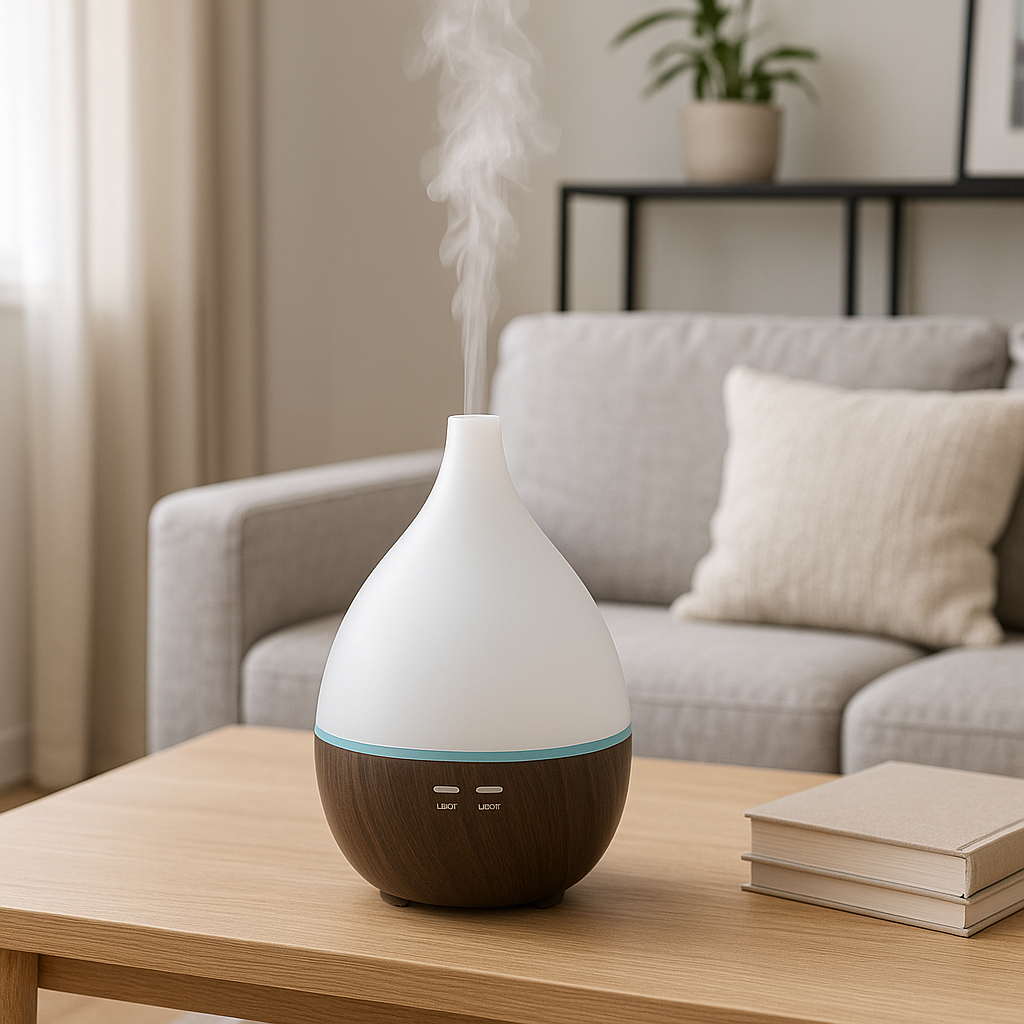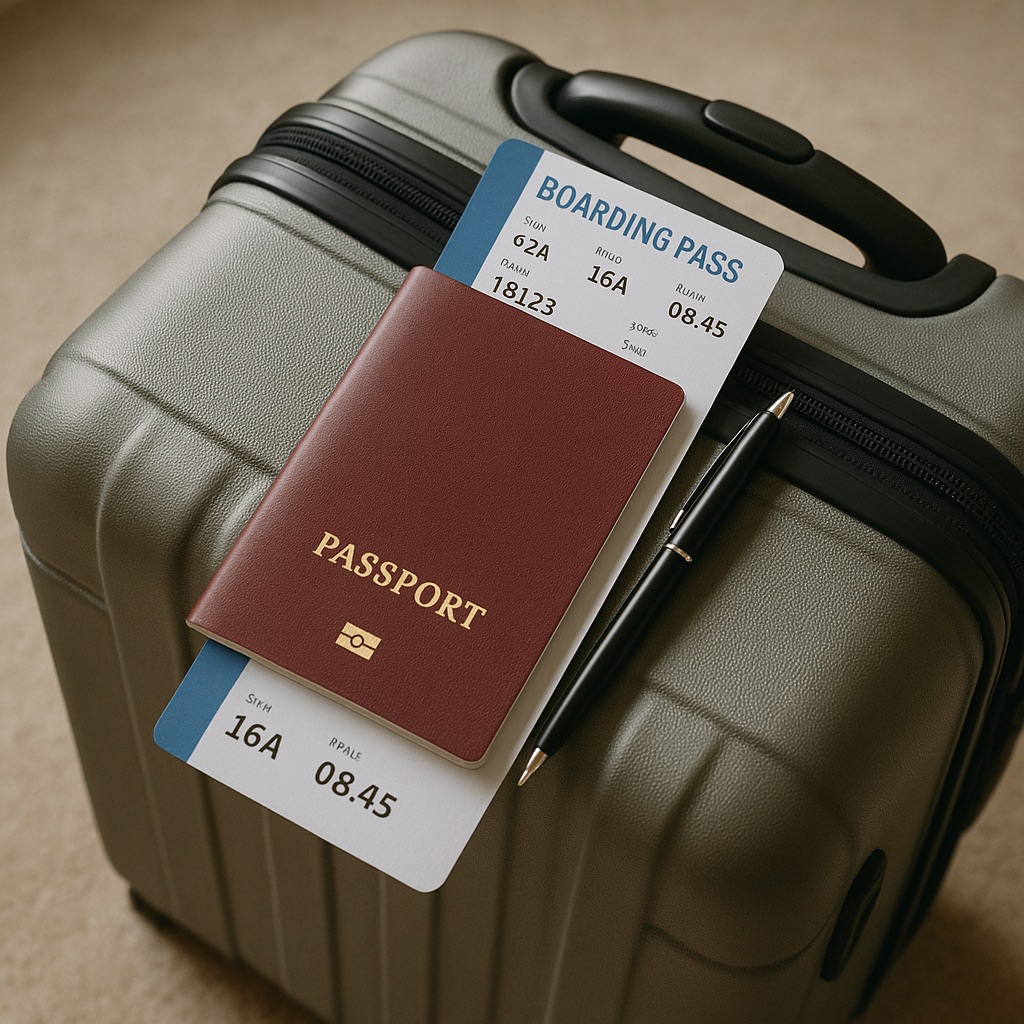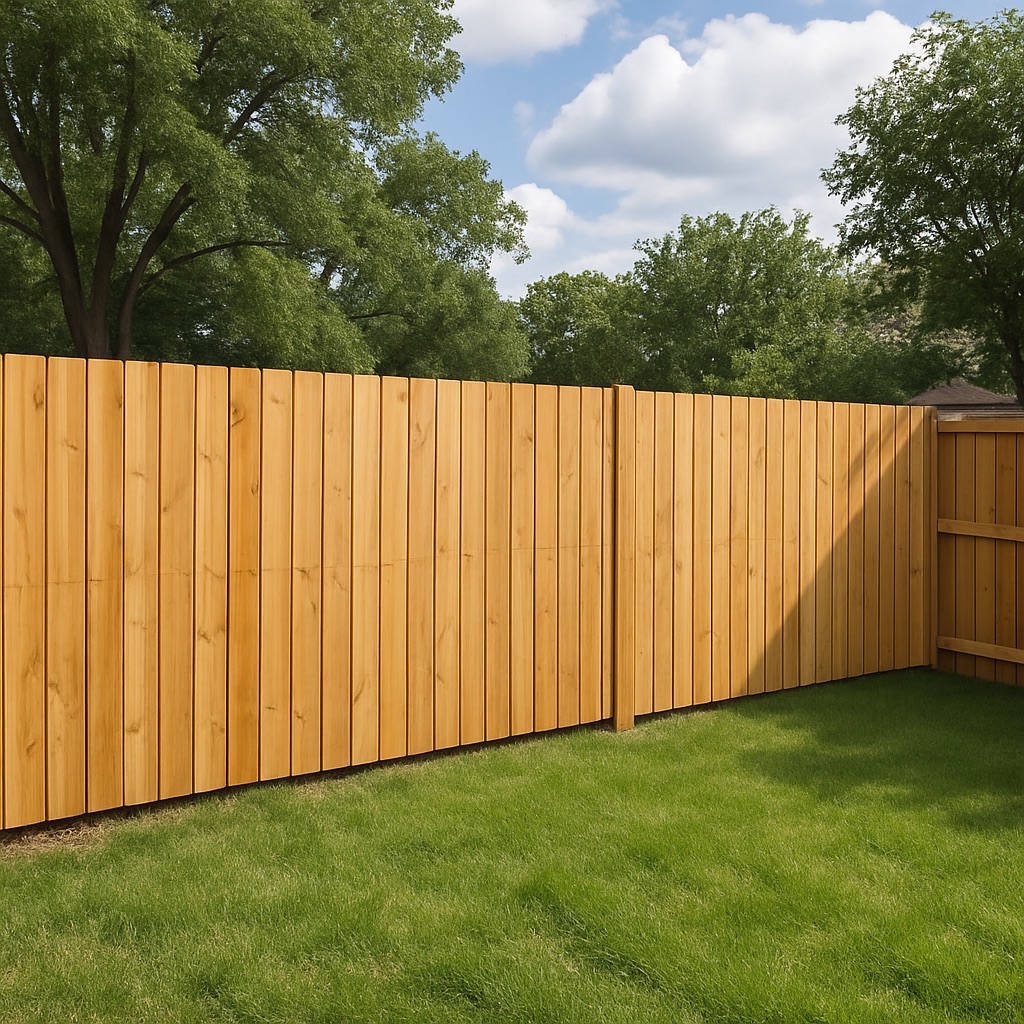Last updated on
Color mixing may be a difficult task for those who are new to the art of painting. It is essential to understand not just color theory, but also the various painting mediums. Here you will get an understanding of the subject and we will demonstrate the most essential techniques and strategies for color mixing.
Table of Contents
What Are the Colors of the Primary Spectrum?

The actual colors are the three color hues that are not mixable and must therefore be purchased in their finished form before usage. Any color you want may be created by combining these three hues plus white in any combination.
- Red – Purple
- Cadmium yellow
- Ultramarine blue
The mixing ratios with which you combine the primary colors and the addition of white to regulate the brightness are essential considerations while combining. First, experiment with inexpensive colors to acquire a sense of the blending process and the vital hues.
Color Combination of Secondary Colors
Secondary colors may be created by combining two of the three primary colors in a single solution:
- Orange is a red and yellow combo
- Green is a blue and yellow combo
- Purple is a blue and red combo
If you combine all three primary colors, you will obtain the color black. However, a color mixer app will help you in mixing colors in a good way. When it comes to color mixing, the choice of primary colors is, of course, critical. There are many distinct hues of red, yellow, and blue, which produce a range of secondary colors when combined.
Color Combination of Tertiary Colors
Tertiary colors are created by mixing two colors from the primary and secondary colors circles. These hues, although they are not so brilliant and conspicuous as primary and secondary colors, but more strong and distinctive, are sometimes referred to as fractional colors.
Because these color tones are predominant, the tertiary colors are essential for achieving a realistic appearance in photographs.
- Blue-Purple
- Yellow-Green
- Green-Blue
- Orange-Yellow
- Red-Orange
- Purple-Red
The Cox color wheel is a valuable tool for visually displaying color combinations. There, you can quickly see the colors you need to combine to get the required hue.
Colours That Are Complementary to One Another
In color theory, you will discover that every color in the color circle has a complementary color, as you can see in the illustration below. When a secondary color is used in conjunction with another secondary color, the complementary color is the primary color that was not utilized in the manufacturing. Being aware of complementary colors may assist you in selecting the most appropriate hue to impact contrasts and direct the viewer’s perception.
- The colour red is a complimentary colour to the colour green.
- Blue is the hue that contrasts with the colour orange.
- Yellow is the colour that contrasts with the hue violet.
The Best Advice on How to Mix the Paint
Make Use of an Online Color Mixer
It is entirely free. We have developed a Colour Mixer to view the results immediately, allowing you to share your color combinations or save a color mix as a graphic picture
Primary Colors Are Incompatible with Each Other
They cannot be combined by the user.
The three fundamental colors, often known as primary colors, are indistinguishable from one another and cannot be produced by combining other colors. Red, blue, and yellow are the three primary colors in use today.
Secondary Colors Are Created by Combining Primary Colors
You may create a secondary color by combining two primary colors that are incompatible with each other—combining red and blue results in violet, mixing yellow and red marks in orange, and combining blue and yellow results in green. When you combine all of the primary colors, you obtain the color black.
Which Primary Colors Should Be Blended, and in What Shades
What secondary color and shade you wish to produce is determined by the primary color and shade you have chosen. The color of orange made by mixing a deep cadmium yellow with a red ochre is distinct from the color produced by a titanium yellow. With any two primary colors, you may create a secondary color pair unique to that color combination.
Mixing Ratio of the Primary Colors
In the case of primary colors, the mixing ratio is as follows:
To get the color orange, you must combine the actual colors red and orange. The hue of orange you obtain after combining these two colors is determined by the proportions of the two colors used in the mixing. Consider the following example: if you use more red than yellow, you will obtain a reddish-orange color result. Adding more yellow than red will result in a yellowish-orange color and vice versa.
Reduce the Opacity
If you find that one hue is too intense, you may soften it by using a complementary color or a touch of brown. For example, a little umbra may be used to soften too strong grey tones that are too harsh. It is not recommended to use black for this purpose since the color will look a bit drab and unappealing.
Colours with a Fresh Tertiary Tone
To get pure tertiary colors, you must adhere to the following fundamental rule: The more diverse hues you combine, the muddier the final product will seem. It is frequently the case that the only remedy to muddy colors is to re-mix the colors in question.
Before You Begin Painting, Test the Colors
It is suggested that you test the mixed colors on a piece of paper or canvas from time to time before you begin painting since the colors on paper have a different impact than the colors on canvas or paper.
Acrylic Color Mixing
Unwanted chemical reactions may occur when acrylic paints of several manufacturers and different compositions are mixed. Therefore, only acrylic colors from the same product range should be mixed.
The Takeaway
Mixing acrylic colors is feasible at any moment, regardless of the color shade is mixed with and the color mixing app can help you out in the same. To do this, specialty color cards, as well as color mixing tables, are available from specialized retailers (e.g. paint and varnish dealers, handicraft supplies, paint manufacturers). As a result, you may combine the acrylic colors either precisely according to the table or just by feeling them together.




